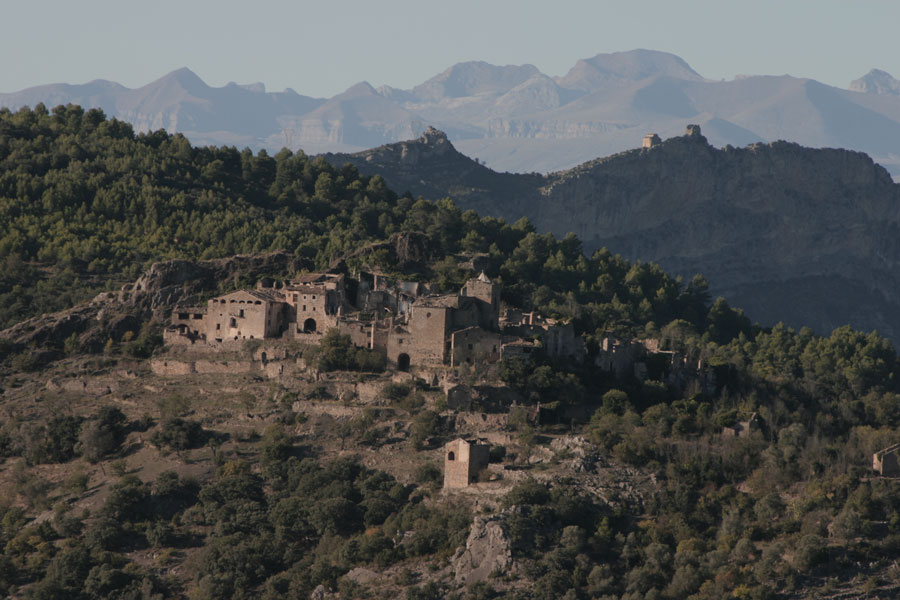It was conceived as a model for environmental living in the 21st century – a self-governing eco-village which would be communal, carbon-neutral and self-sufficient.
The plans for Cloughjordan, a settlement in the heart of Ireland, provided for a working farm, solar power, an “edible landscape” and district heating. There would be 130 plots for homes on a 67-acre site and some communal ownership.
Then, 10 years ago this month came the financial crisis. “In 2008, there were deposits on every site,” says Davie Philip, one of the founders. “Then, with the crash, we lost all our staff and 50% of our deposits.”
Ten years later, it is remarkable that Cloughjordan is still soldiering on. Harsh lessons have been learned and this is certainly no utopia. But locals are adamant that they are the pioneers of a low-carbon economy and that the world can learn from their example.
In all, 55 houses have been built on the 130 sites, with another 20 sites sold. The sustainable heating, drainage and sewage systems have had problems, leading to some ecological compromises, but the basic infrastructure works.
And though it may not be fully self-sufficient, the village has a working farm, an array of well-tended polytunnels and a bakery providing the community with good food year round.
Philip, a Scotsman who moved to Ireland 25 years ago and now lives on Cloughjordan’s main street, takes me on a tour.
“Things are always a bit messy here because we have to do everything ourselves,” he says. “There are no municipal services, so we have to cut the grass, keep it clean, plant bushes and apple trees. This isn’t the market square that we envisaged, but it’s still used in various ways.”
Some of the houses are self-built – Philip points out a hobbitish “hand-sculpted” dwelling with a roof made of recycled plastic “slates” – while others are contract-built.
They are kept warm by the district heating system up the hill, whose boilers are powered by wood chips from an Irish sawmill. Behind it is a big field of solar panels, which Philip admits has not worked properly since it was installed in 2008.
The company that installed it went bust in the recession, so there was no recourse,” he says. As a result, the community has had to rely on mains electricity to drive the pumps.
Across the road, in his RED (Research Education Development) garden, Bruce Darrell stresses the importance of growing one’s own food in an uncertain world.
“I’m at the doomer end of the spectrum, I’m not a utopian,” he says, showing me the plots where he has been experimenting with various approaches to growing, including the “no-dig” method. “This is about resilience. It’s about how to get by in a resource-constrained future.”
“When the diesel runs out, we’ll be ready,” says farmer Pat Malone cheerfully. Today he has connected his plough to a tractor but “as often as we can” his team employs horses.
“We’re combining old practices with new equipment,” he says. “Horses provide dung and they disturb the soil much less than tractors. The challenge working with horses is to create time. For that, you need more people. We want to bring people back on to the land.”
Similar sentiments are expressed by Joe Fitzmaurice and Julie Lockett at Riot Rye bakery. “We’re going back to the old system of bakeries, where the amount of bread you produced was limited by how far a [delivery] horse could travel,” says Fitzmaurice. Their wood-fired oven restricts output to 350 loaves a week and they supplement their income by running baking classes.
The eco-village allows people to put ideas of low-impact living into practice and to promote them to the wider world. What’s harder, it becomes clear, is keeping the community itself happy.


Leave a Reply